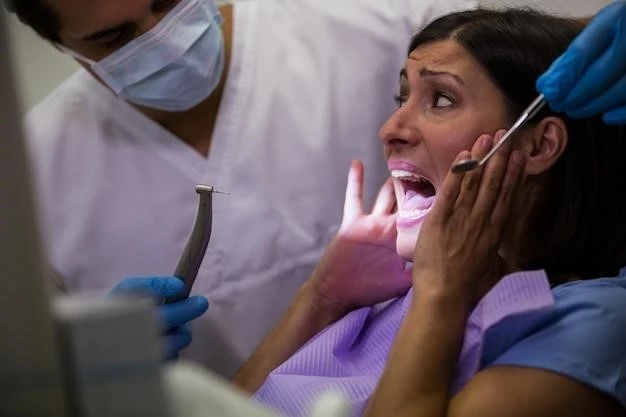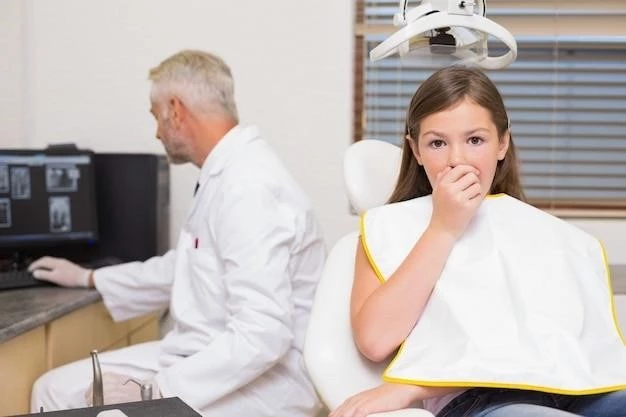Overview of Charcot-Marie-Tooth Disease
Charcot-Marie-Tooth Disease is a hereditary neurological disorder that affects 1
in 2,500 people. It causes muscle weakness and numbness in the limbs,
Introduction to Charcot-Marie-Tooth Disease
Charcot-Marie-Tooth Disease, also known as CMT, is a group of inherited disorders that affect the peripheral nerves. These conditions result in damage to the nerves that control muscle movement and sensation. CMT can lead to muscle weakness, reduced muscle bulk, and loss of sensation, particularly in the extremities. This disease is named after the three physicians who first described it in 1886.
Symptoms of Charcot-Marie-Tooth Disease
Common Symptoms of CMT include muscle weakness, foot deformities, loss
of sensation, and difficulty with balance and coordination.
Common Symptoms
The common symptoms of Charcot-Marie-Tooth Disease include muscle weakness, foot deformities like high arches or hammertoes, loss of sensation in the limbs, difficulty with balance and coordination, and muscle cramping. These symptoms often manifest in early adolescence or adulthood and can vary in severity among individuals.
Causes of Charcot-Marie-Tooth Disease
CMT is primarily caused by genetic mutations that affect the peripheral nerves
and their ability to transmit signals between the brain and muscles.
Genetic Causes
Charcot-Marie-Tooth Disease is primarily caused by genetic mutations that affect various genes responsible for the structure and function of peripheral nerves. These mutations can disrupt the normal process of nerve signal transmission, leading to the characteristic symptoms of CMT. The inheritance pattern of the disease can vary, with some forms being autosomal dominant, autosomal recessive, or X-linked recessive.

Treatment Options for Charcot-Marie-Tooth Disease
Current treatments focus on managing symptoms and may include physical therapy,
orthopedic devices, pain management, and in some cases, surgery.
Current Treatment Approaches
Current treatment approaches for Charcot-Marie-Tooth Disease focus on managing symptoms and improving quality of life. This often involves physical therapy to maintain muscle strength and flexibility, orthopedic devices like braces or splints to support weakened areas, pain management strategies, and in some cases, surgical interventions to address severe symptoms such as foot deformities. Collaborating with a multidisciplinary healthcare team can help individuals with CMT navigate the challenges associated with the disease.
Prognosis of Charcot-Marie-Tooth Disease
The long-term outlook for individuals with CMT varies depending on the subtype
and severity of the condition. Early intervention and symptom management can improve quality of life.
Long-Term Outlook
The long-term outlook for individuals with Charcot-Marie-Tooth Disease can vary. While there is currently no cure for CMT, early diagnosis and proactive management of symptoms can help individuals maintain functionality and quality of life. Engaging in physical therapy, utilizing assistive devices, and seeking appropriate medical care are key strategies for managing the long-term impact of CMT.
Genetic Factors in Charcot-Marie-Tooth Disease
Genetic mutations affecting peripheral nerves are the primary cause of CMT,
with various inheritance patterns such as autosomal dominant and recessive.
Role of Genetics
The role of genetics in Charcot-Marie-Tooth Disease is prominent, as the condition is primarily hereditary. Mutations in genes responsible for nerve structure and function lead to the development of CMT. Understanding the genetic basis of the disease is crucial for diagnosing specific subtypes and developing targeted therapies in the future. Genetic testing can help identify mutations and provide valuable information for individuals and families affected by CMT.
Management of Charcot-Marie-Tooth Disease
Managing CMT involves strategies like physical therapy, orthopedic devices,
pain management, and surgical interventions when necessary.
Strategies for Managing Symptoms
Effective management of Charcot-Marie-Tooth Disease involves a multidisciplinary approach. Physical therapy can help maintain muscle strength and mobility. Orthopedic interventions such as braces or orthotic devices can provide support and improve stability. Pain management strategies aim to alleviate discomfort, while surgical procedures may be considered for severe cases. Regular monitoring and adjustments to the treatment plan are essential for optimizing symptom management and enhancing quality of life for individuals with CMT.
Research Developments in Charcot-Marie-Tooth Disease
Ongoing research aims to uncover new treatment approaches and potential
gene therapies to address the underlying causes of Charcot-Marie-Tooth Disease.
Recent Advances
Recent advances in Charcot-Marie-Tooth Disease research have focused on gene editing techniques like CRISPR-Cas9 to target and correct genetic mutations associated with CMT. Studies on nerve regeneration and gene therapy show promising results in preclinical models, offering hope for future treatments that could slow or potentially reverse nerve damage in individuals with this inherited neuropathy. Clinical trials exploring these innovative approaches are ongoing, providing optimism for the development of more effective therapies for CMT.
